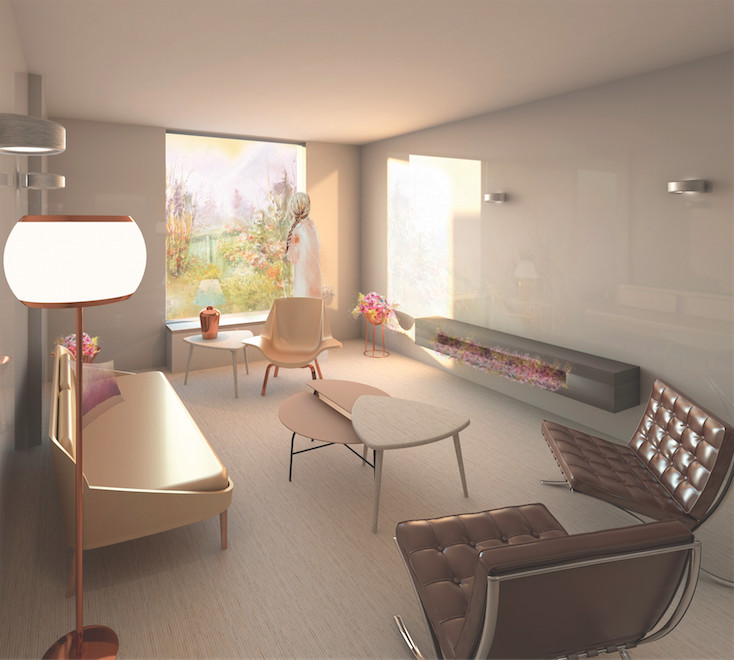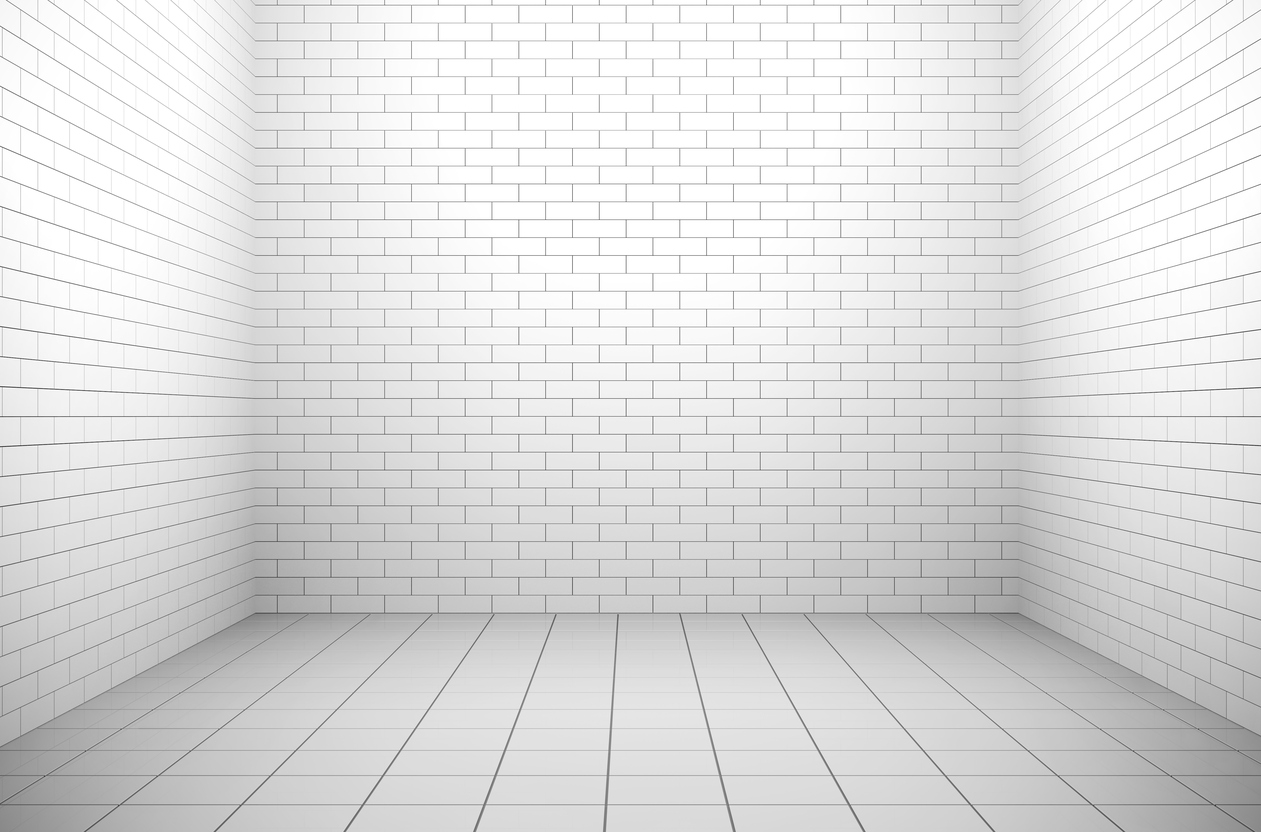
Health & Medicine
Making space for emergency talk

Counselling and therapy spaces are often inappropriate for people with mental illness
Published 20 July 2017
At any time, one in five Australians suffer from a mental illness, costing the economy about $15 billion a year in lost productivity. So finding ways to improve how we treat disorders like anxiety, depression or self-harm has major benefits for all of us.
Stephanie Liddicoat is doing just that. The University of Melbourne PhD student is about to submit her thesis Architecture and the Design of Therapeutic Environments and is set to shake up how architects, counsellors and therapists think about designing the places and spaces where therapeutic treatment is carried out.
Ms Liddicoat, who is based in the Faculty of Architecture, Building and Planning, found that many of the spaces currently being used for counselling are problematic and makes a series of recommendations for change.

Frustrated by the lack of practical design guidelines for therapeutic areas in places like consulting rooms, hospitals and schools, Ms Liddicoat spoke to therapists, architects and most importantly, to people who were actually having therapy, about how therapeutic spaces should be laid out.
She was surprised by the high degree of self-awareness among those undergoing therapy and the extent to which they knew what was best for them when it came to the design of counselling rooms.

Health & Medicine
Making space for emergency talk
She was disturbed to find that buildings were being used for counselling that were totally inappropriate. Indeed, in one interview she was told therapy sessions were held in what used to be a janitor’s closet.
“So you can image it was completely internal. There was no window and people were sitting almost knee to knee,’’ she says. “It was not a space that was therapeutic and certainly not helpful or empowering when you are trying to recover from something.”
She found that people in therapy prefer not to be in a windowless room, as they often seek escape and respite in a view. Nor did they feel comfortable when the therapist’s chair was higher than their own or made from better quality materials, indicating an imbalance of power.
They wanted greenery that reduced stress and soft finishes rather than hard, resistant surfaces that would leave signs of the person who had preceded them in the counselling room.

“People having counselling don’t want to see traces of the person who was in the space before them. They would be thinking ‘someone has been in this space before me. They have spoken about their traumatic experience’,” says Ms Liddicoat.
This was not helpful for the person undergoing therapy. They wanted to feel comfortable enough to talk openly and freely about their problems without reverting to platitudes that concealed their true feelings. And they did not want to be prompted to think about what may have troubled the person who had sat in the same chair before them.
They also wanted to feel they were worthy of a pleasant environment which made them feel validated. Spaces that were prison-like implied abnormality, punishment or an inability to escape, mentally or physically.

Health & Medicine
Men’s self-reliance linked to risk of self-harm
Ms Liddicoat also found the greatest support for her research came from therapists, carers and counsellors, but less so – somewhat surprisingly – from fellow architects.
“The general reaction of therapists has been ‘yes of course it makes a difference. I wish I had an idea of how to lay out my therapeutic suite. How could I make my service-user feel more comfortable? How can I avoid taking over the space?’
“The architects were less compassionate, arguing that their training and expertise in design and policy made them the better, more reliable experts, than the person undergoing therapy themselves.”
Through her research Ms Liddicoat sought to understand why it was that a person could walk into a room and immediately feel relaxed and calm – or vice-versa.
“It all started with the idea that the buildings we inhabit can change how we feel and that captured my imagination as an architect but also as a researcher, particularly with its application in the field of design for mental health,” she says.

“There’s a lot of research that confirms the link between good design practice and wellbeing. When we have a vulnerable user group, how can we use architecture as a means for good?”
Ms Liddicoat has had a longstanding interest in the relationship between psychological therapy and treatment facilities. When she was an undergraduate she looked at how she could design better counselling rooms for women who had undergone treatment for breast cancer.
“One of the key drivers was trying to understand their vulnerability, how their bodies had changed, often quite dramatically, and how that affected their identity as women,” she says.
“I thought about how I could design a space that would actually make them feel better. That got me interested in the idea that there is a mental wellbeing component in buildings.”

Health & Medicine
Why isn’t treatment for depression leading to lower prevalence?
Modifying spaces to be better suited for counselling is not complicated or expensive and the ideas can be applied in hospitals, schools, facilities for the elderly or anywhere else with a similar purpose, for example counselling for vulnerable or marginalised people, cultural minorities, people with physical disabilities and those from non-conformist gender groups.
“Possible changes are quite simple and easy to do and can make a real difference. So a therapist might be able to take my results and the discussion that I present and they can use them to adjust their own therapeutic space, she says.
This can lead to counselling services becoming less costly, she says. “It’s about doing it with intelligence and sensitivity. And if you are able to integrate the changes carefully then your outcomes will be better. It’s about how many of the people using the services are repeating less. Are they becoming self-sufficient? Are the therapists more effective in that space?
“Its about models of care and making them as efficient and sensitive as possible. In the end that’s what we all want.”
Do not have internal rooms
Use internal gardens where possible or views to nature and greenery
Have discrete entry points to protect privacy
Provide opportunities to exercise control, such as, dimmable lighting to promote, a sense of calm
Minimise surveillance panels, security partitions and visible security measures which make those undergoing therapy feel scrutinised and controlled
Ensure visual and acoustic privacy
Ensure layout is non-confrontational and can be flexibly arranged
Banner image: Jad Limcaco/Unsplash